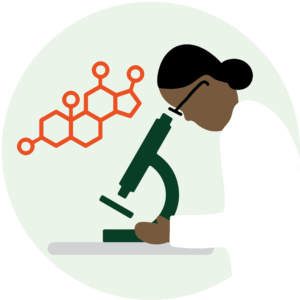
Which Cialis® dose is best for me: 5mg, 10mg, or 20mg?
Medical Review by Jennie Stanford, MD, FAAFP, DipABOM Summary: Cialis® comes in different dosages for a reason Cialis® (generically known as tadalafil) is one of the most common medications in the world for treating erectile dysfunction (ED). But it commonly comes in several different dosages: 5mg, 10mg, and 20mg. There’s a general











